What I want to achieve is described in the following figure and below:
 The device answering to SNMP is a "gateway" to N devices (that don't implement SNMP) and the gateway must manage SNMP informations for each of these machines. The N devices in the back end are identical and the informations for each are described in the same MIB: as a consequence the gateway must have N agents (answering on different ports) and N instances of the same sub-agent implementing the target MIB. Each subagent will be then configured to connect to its own back end device to retrieve informations.
The device answering to SNMP is a "gateway" to N devices (that don't implement SNMP) and the gateway must manage SNMP informations for each of these machines. The N devices in the back end are identical and the informations for each are described in the same MIB: as a consequence the gateway must have N agents (answering on different ports) and N instances of the same sub-agent implementing the target MIB. Each subagent will be then configured to connect to its own back end device to retrieve informations.
I have some experience with Microsoft WinCE SNMP agent and I'm new to net-snmp. What I am trying to achieve is not feasible using WinCE SNMP agent and AFAIK also in Win desktop environment: there you have one agent and N extension agents managing each a different MIB.
Is it possible to achieve this setup by using net-snmp? Is it so uncommon that it is going to be a hell?
Thanks everybody